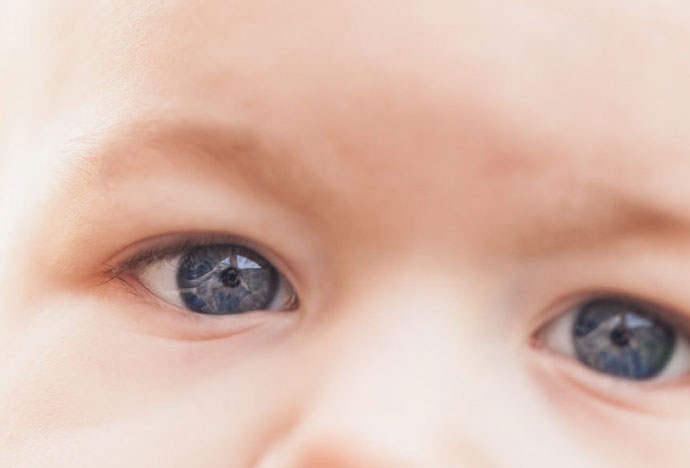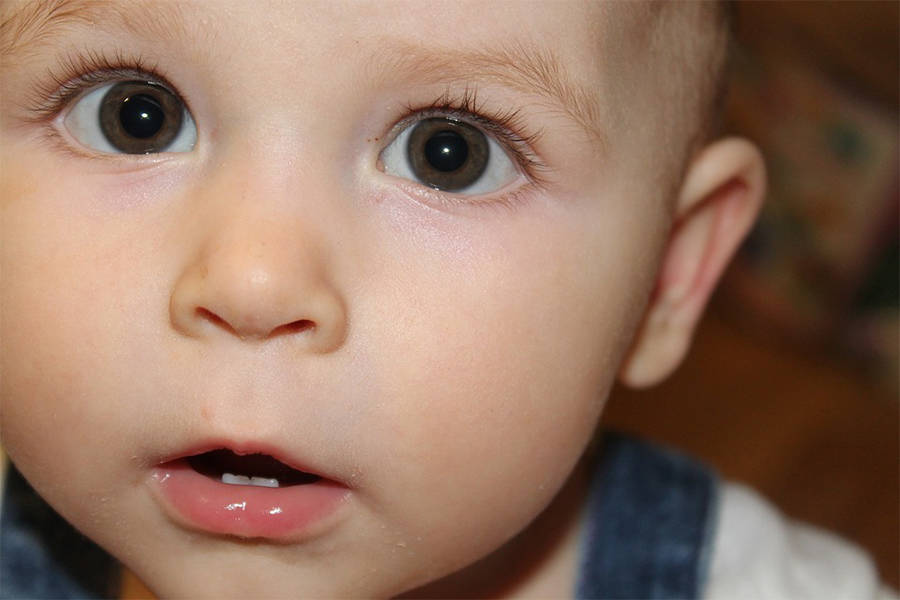

Try a different brand of soap, shampoo, and laundry detergent. If you can, pin down which irritant is affecting your child. However, if your child is a newborn or you suspect cellulitis, get immediate medical treatment. If your child has redness around their eyes, you can start treatment at home. What to do at home if your baby or toddler has redness around their eyes This is a serious condition and needs immediate treatment. You’ll notice that your child’s eyelids are very red and swollen.
#EYESPY BABY SKIN#
This is a bacterial infection of the eyelids and skin around them. If the area around your child’s eye is injured or if your child has a sinus infection, they may develop periorbital cellulitis.

A stye happens when a hair follicle, oil gland, or sweat gland becomes infected. A stye (also called a hordeolum) is a painful, red bump on the eyelid. Newborn conjunctivitis can be serious, so talk with your pediatrician right away. Redness in the eye area of a newborn can be caused by a blocked tear duct, irritation, or infection. eyelashes and eyelids that may get stuck together from the discharge.a sticky, yellow discharge from the eye.You’ll notice the same symptoms as those that you notice in a viral eye infection.

This is more serious than viral conjunctivitis. Children with colds commonly develop viral eye infections. This is also called pink eye, although pink eye can be viral or bacterial. It’s important to know the difference, because bacterial conjunctivitis needs antibiotic treatment. InfectionsĪn eye infection happens when viruses or bacteria enter the eye area. When mast cells in the eye become oversensitive, they release histamine even if the allergen doesn’t come into direct contact with the eye.Įye allergies are also called allergic conjunctivitis. Think of mast cells as your body’s first line of defense against invaders. Sometimes, if an allergic reaction happens often enough, your child’s mast cells can become oversensitive. If you suspect that the redness around your child’s eyes is an allergic reaction, check if they’re sneezing excessively or have a stuffy nose. If your child is allergic to pollen, you’ll notice their red eyes when pollen counts are high.Ĭhildren with eye allergies often have nasal allergies as well. While some of these allergens (like dust mites and pet dander) are around all year long, others are seasonal. A vicious cycle can set in: They rub their eyes to relieve the itching and burning, but the rubbing action irritates their eyes further and the redness increases. You’ll probably also notice that your child’s eyes are watery with excess tears.

As a result, their eyelids and conjunctiva (the tissue that covers the white part of your eye and the inside of the eyelids) becomes red, swollen, and itchy. If your child has a sensitivity and encounters an allergen, their eyes may produce histamine to fight the allergen.


 0 kommentar(er)
0 kommentar(er)
